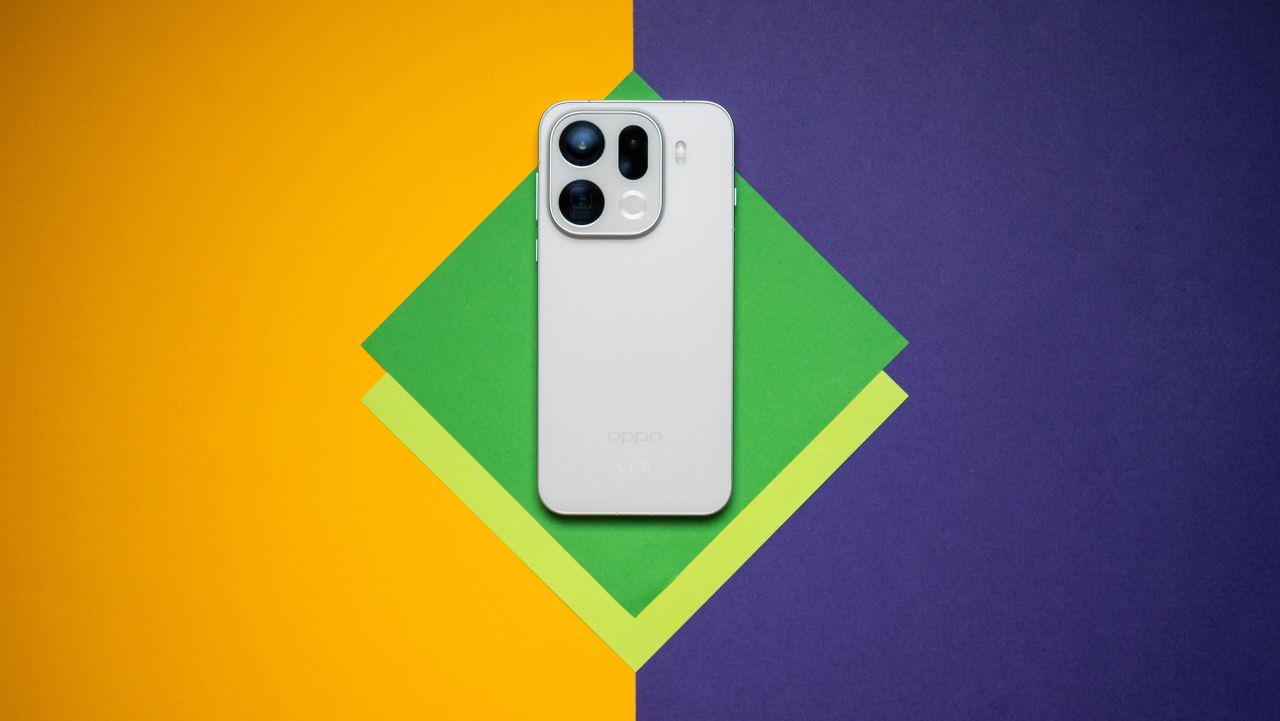
I've always enjoyed using Find X devices; the Find X2 had a fabulous leather design, the Find X3 Pro and X5 Pro came with standout cameras, and the Find X6 Pro was just plain cool. With the Find X7 Ultra and Find X8 Pro, OPPO proved that it could deliver all-rounders that excelled in all areas — not just the cameras.
With the Find X9 Pro, the Chinese brand is continuing that push. After using the Find X8 Pro and Find X8 Ultra extensively over the course of 2025, I just wanted to see two things out of a successor: better image tuning, and improved global availability. Thankfully, OPPO did just that; the Find X9 Pro has a new Lumo image engine that overhauls the brand's tuning algorithms, bringing it closer to the Vivo X300 Pro — my favorite phone right now.
In other good news, OPPO is finally bringing the Find X9 Pro to western markets, making it an alternative to what Xiaomi and Vivo have to offer in this category. I'm not even counting Google and Samsung, because what OPPO and Vivo are doing with their latest flagships is so far ahead that it would be a disservice to the Chinese brands. If anything, pitting the Pixel 10 Pro XL and Galaxy S25 Ultra next to the Find X9 Pro or Vivo X300 Pro only illustrates just how far behind Google and Samsung are with their own imaging efforts.
Anyway, what you need to know is that the Find X9 Pro is incredibly good, and its only real rival is the Vivo X300 Pro. I used the X9 Pro for just over two weeks, and I think this is without a doubt the best OPPO phone yet — and one of the best Android phones around.
OPPO Find X9 Pro: Pricing and availability
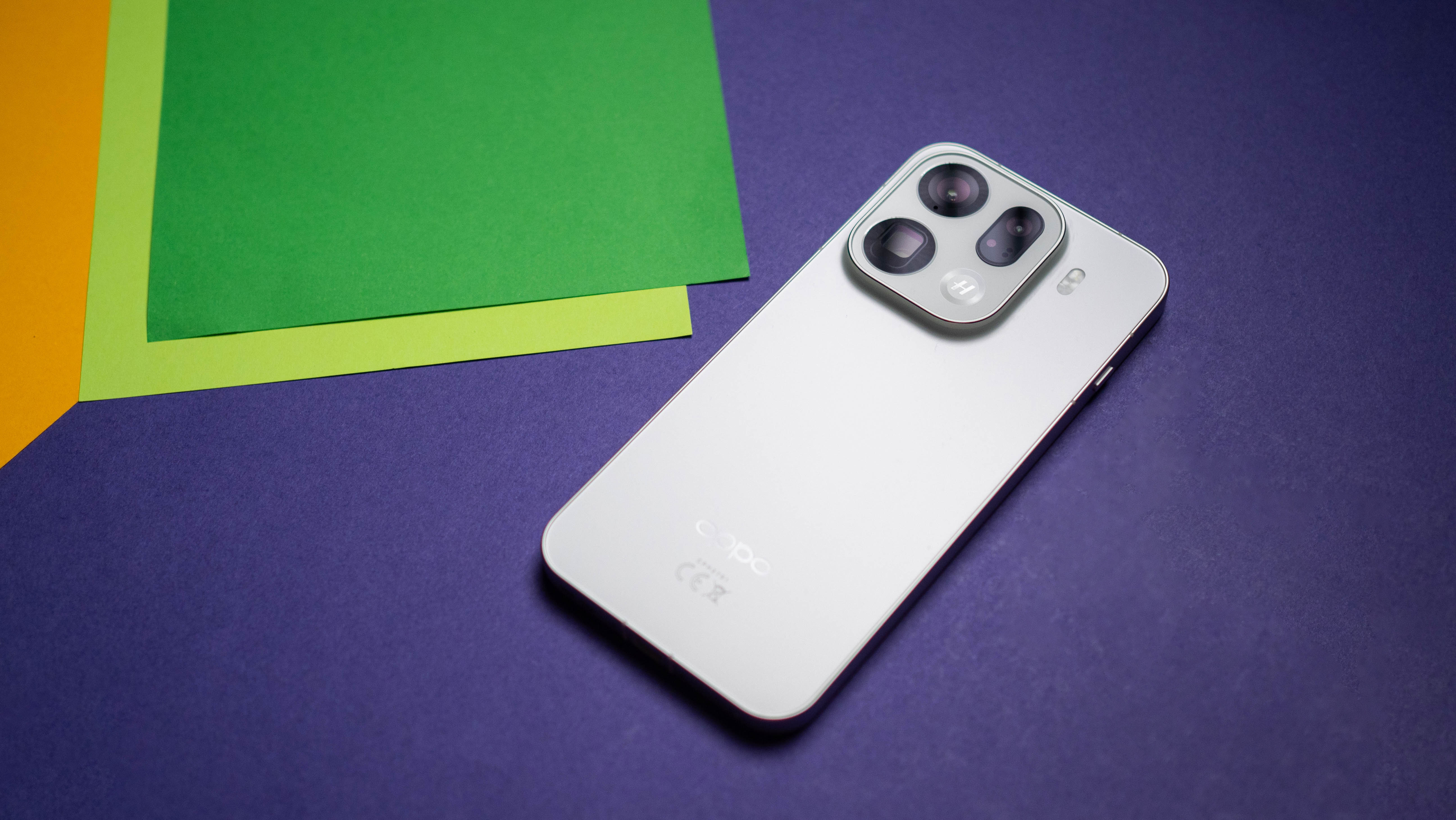
OPPO unveiled the Find X9 and X9 Pro in China on October 22, and the phones debuted globally in Spain on October 28. The devices will be available in Asia, the Middle East, as well as select western regions, including the U.K.
Category |
OPPO Find X9 Pro |
|---|---|
Display |
6.78-inch LTPO AMOLED, 120Hz, 2772x1272, Dolby Vision, 3600 nits max |
OS |
ColorOS 16 based on Android 16 |
Chipset |
MediaTek Dimensity 9500, 1 x 4.21 GHz C1-Ultra, 3 x 3.5 GHz C1-Premium, 4 x 2.7 GHz C1-Pro, G1-Ultra, 3nm |
RAM |
16GB LPDDR5X |
Storage |
512GB UFS 4.1 |
Rear camera 1 |
50MP 1/1.28-inch f/1.5 Sony Lytia LYT-828, 23mm, 4K120 Dolby Vision video, OIS |
Rear camera 2 |
200MP 1/1.56-inch f/2.1 Samsung HP5 telephoto, 70mm, 3x optical zoom, OIS |
Rear camera 3 |
50MP 1/2.75-inch f/2.0 Samsung JN5, 15mm wide-angle lens |
Front camera |
50MP Samsung JN5 |
Ingress protection |
IP68 and IP69 dust and water resistance |
Connectivity |
Wi-Fi 7, Bluetooth 6.0, global 5G bands, NFC, dual-band GPS, |
Security |
Ultrasonic in-screen sensor |
Audio |
USB-C, stereo sound |
Battery |
7,500mAh silicon battery, 80W charging, 50W wireless charging |
Dimensions |
161.2 x 76.4 x 8.2mm, 224g |
Colors |
Silk White, Titanium Charcoal |
OPPO Find X9 Pro: Design
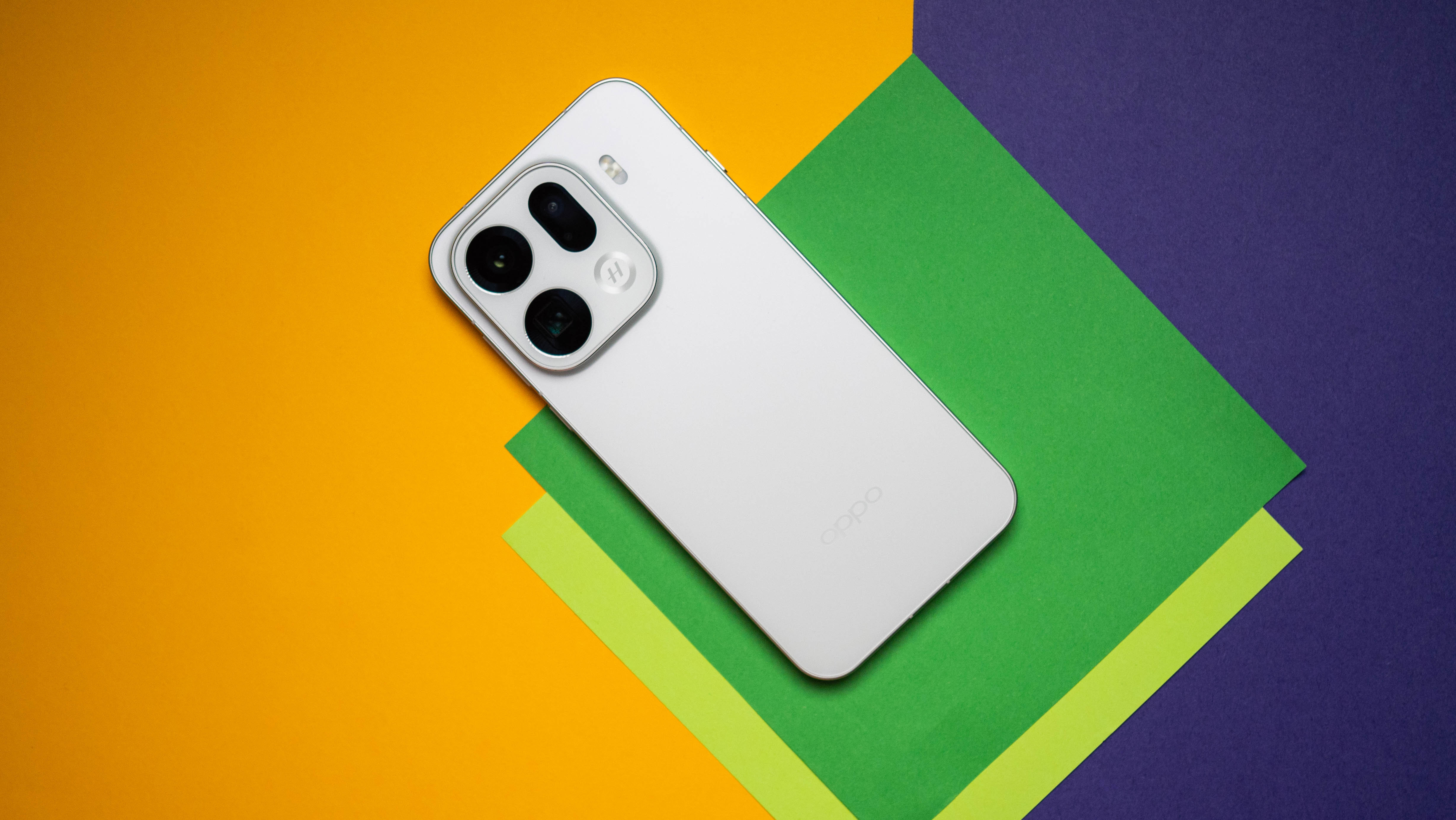
I'll be upfront when I say that I don't like the design of the Find X9 Pro. To me, Find X devices have always been characteristized by their bold designs, and I just don't get that feeling with the X9 Pro. Don't get me wrong; the rectangular camera island looks good in its own right, and the metal ring encircling it accentuates the design well.
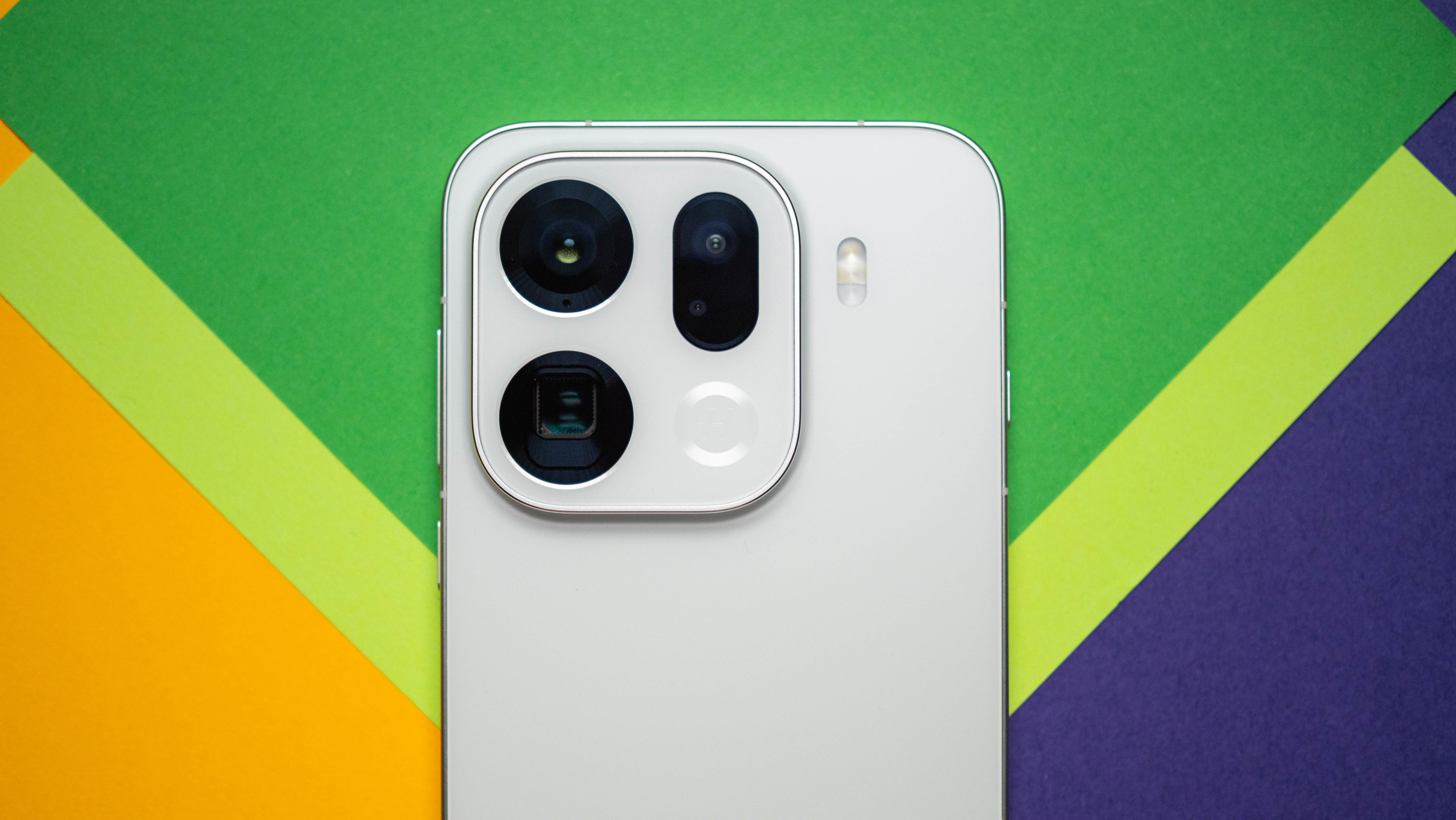
It's just that the phone doesn't have anywhere close to the same visual flair as the Find X6 Pro or Find X7 Ultra. OPPO's constant tinkering with the design isn't making matters any better; Xiaomi and Vivo now maintain a consistent design aesthetic between generations, but with Find X models, the design changes drastically every year.
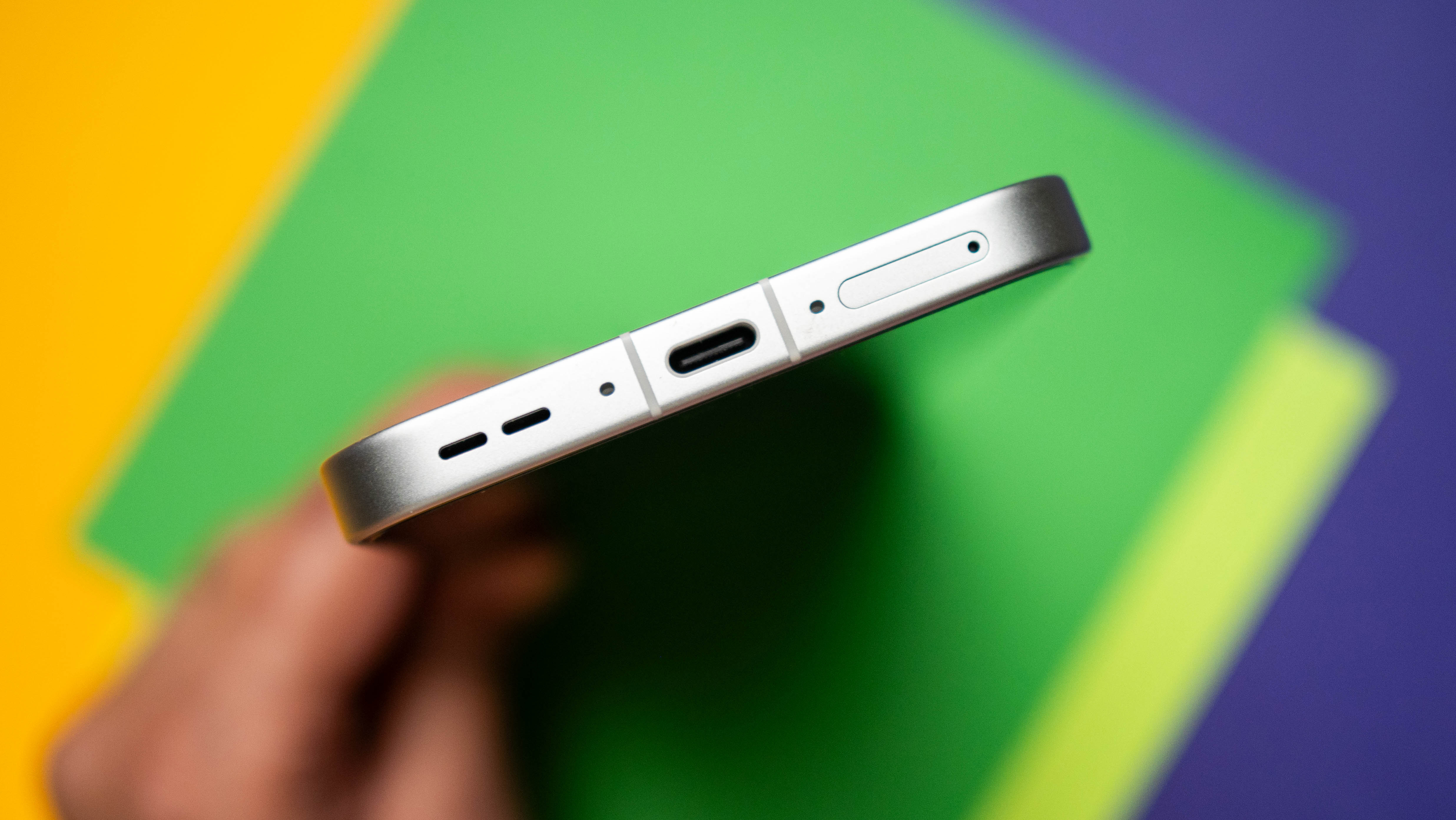
That said, the Find X9 Pro feels good to hold and use, and while it doesn't stand out, the design looks elegant. The size of the camera island means there's little to no wobble when using the phone on a table, and it has good weight distribution. On that subject, OPPO did a fabulous job maintaining a similar in-hand feel as the X8 Pro in spite of the X9 Pro having a massive 7,500mAh battery.

In fact, the phone is only 0.1mm thicker and 9g heavier, and that's an achievement in and of itself. What I like the most about the design is that the back and mid-frame have a matte texture this time, making the device that much easier to hold. It does a good job preventing smudges as well, and the Gorilla Glass-reinforced glass has proven to be durable in my testing.

The Find X9 Pro is available in Silk White and Titanium Charcoal models, with both getting a matte texture. The white color looks a little more distinctive, and while there is a vibrant Velvet Red model, it's limited to China.
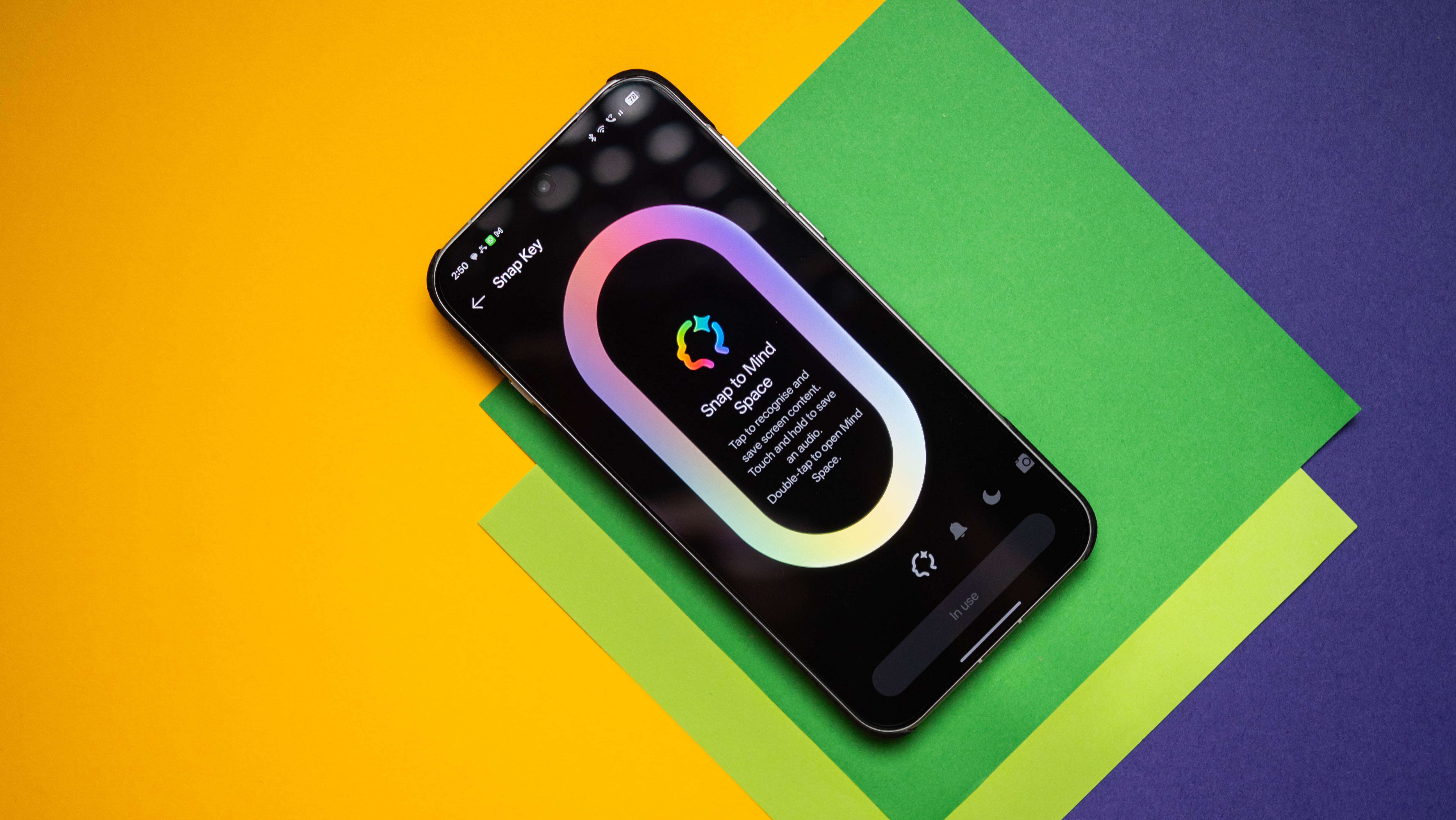
You get the usual power and volume buttons on the right, and instead of the alert slider, there's a dedicated button on the left that lets you assign actions. It's meant to be used with the Mind Space feature that lets you easily organize notes, bills, and other data in a central location.
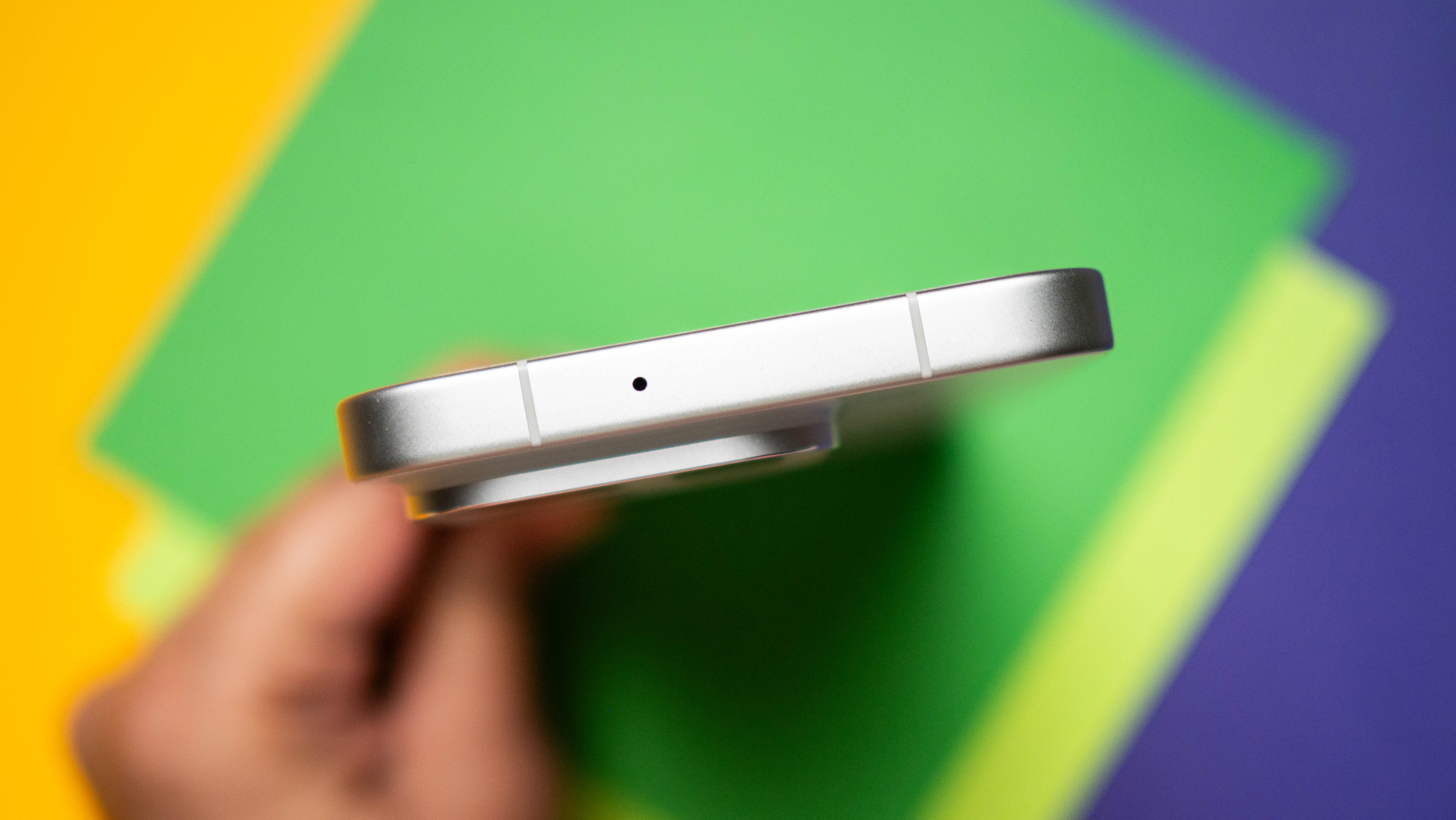
What's also good to see is that OPPO maintained the camera control button — unlike Vivo. I don't get much out of it, but it's good to see the button continuing to exist on Find X devices. Elsewhere, OPPO switched to an ultrasonic fingerprint sensor — again, like Vivo — and it is much better. The positioning is ideal too, unlike previous years.
Rounding out the design, the phone gets IP68 and IP69 ingress protection, so it's pretty much guaranteed to withstand any weather conditions.
OPPO Find X9 Pro: Display
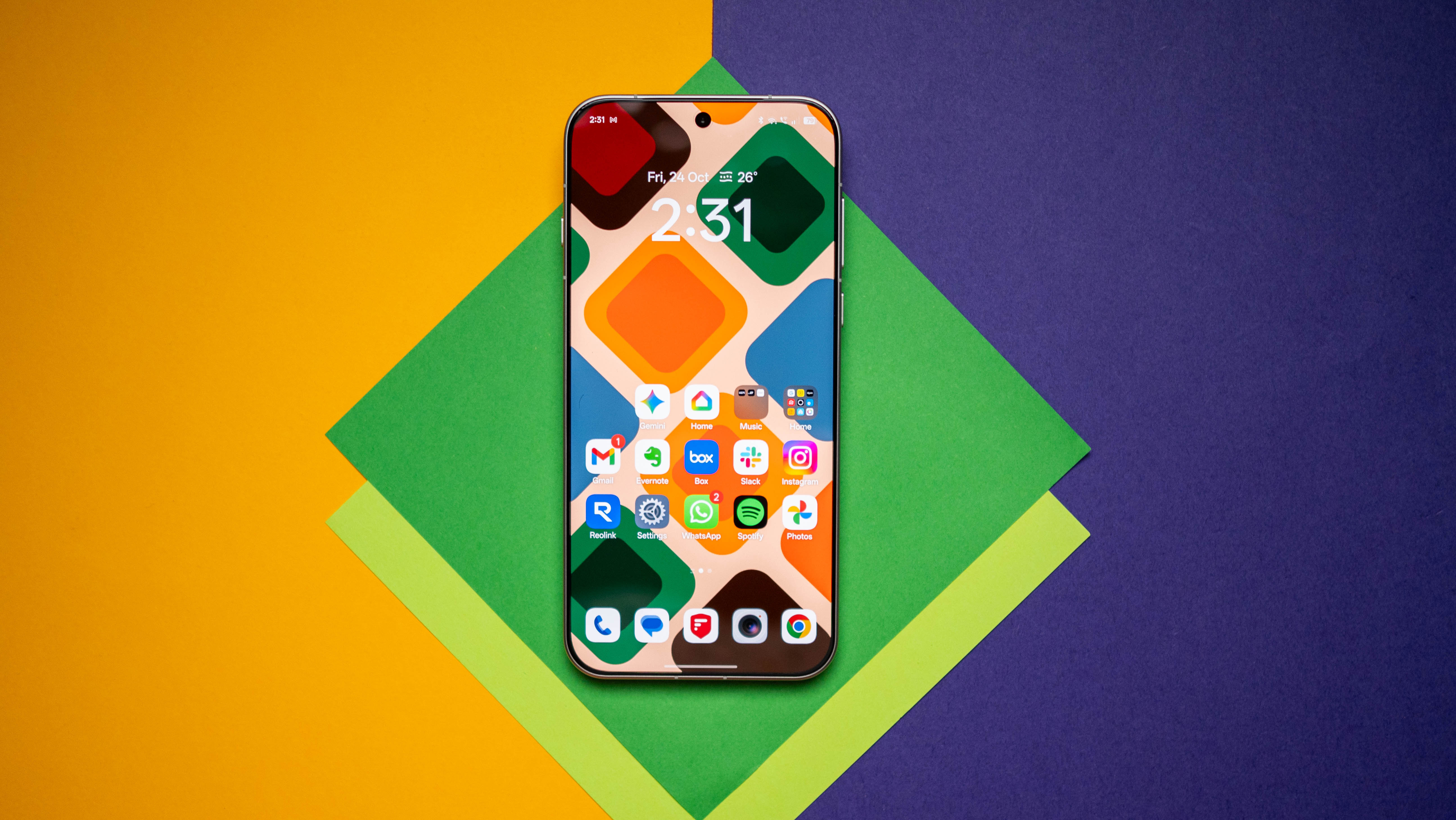
The Find X9 Pro has the same 6.78-inch AMOLED panel as its predecessor, but what's immediately notable is the bezels — or lack thereof. The phone has considerably thinner bezels at just 1.15mm on all sides, and it just makes the device that much more immersive when gaming. The thinner bezels means the phone is a slightly shorter and narrower, and that's always a good thing.
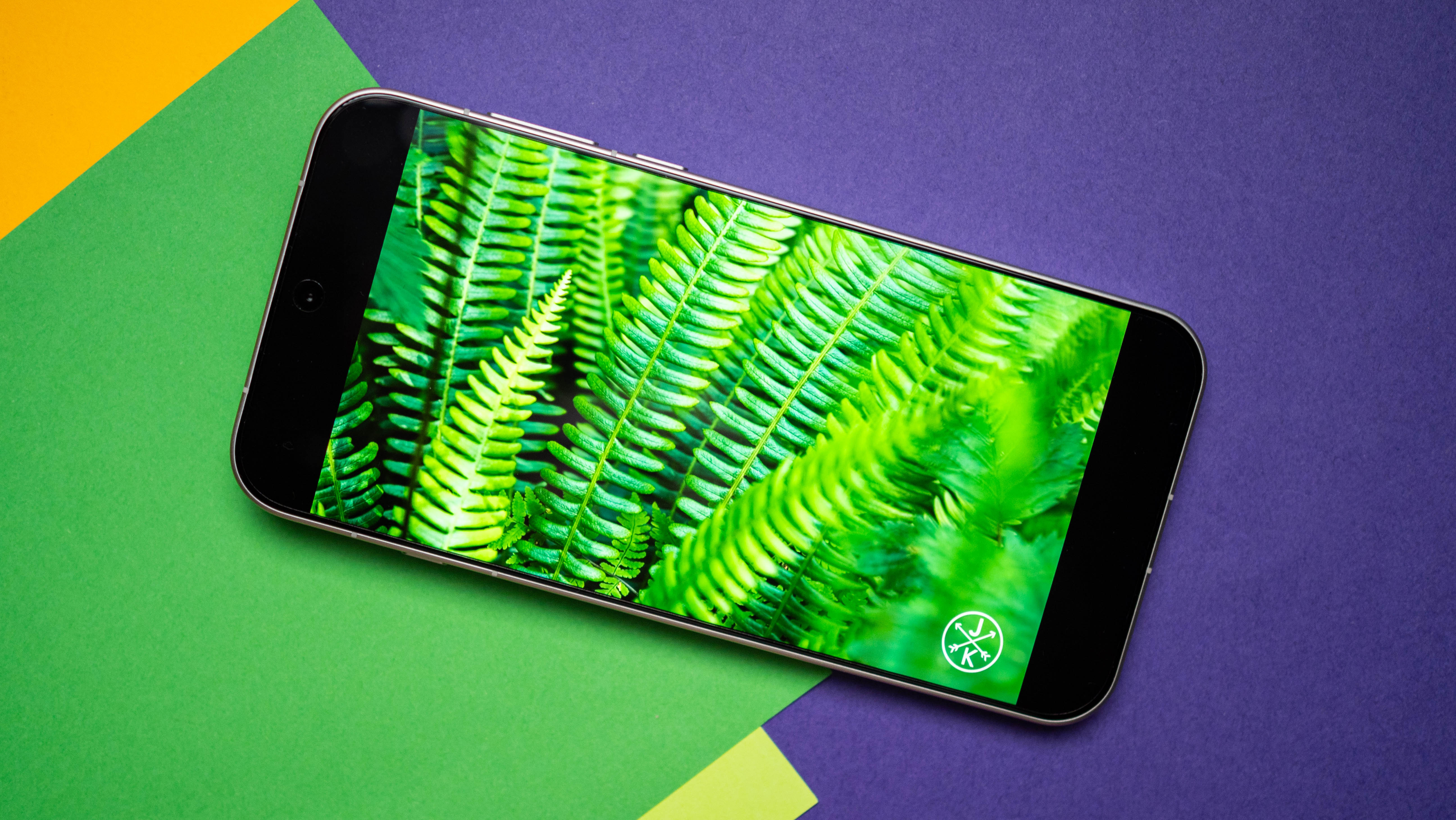
Other than that, it's just as good as the X8 Pro; it gets 120Hz refresh, 2,160Hz PWM dimming across the brightness range, and goes up to 3,600 nits in outdoor use. What's also notable is that it goes down to 1nit in low-light, which is something Vivo also has on the X300 Pro this year.

Another feature that has proven to be useful is Vehicle Motion Alerts; as the name indicates, it's designed to make it easier to use the phone in a moving vehicle. It does so by showing "dynamic visual cues along the edges of the screen that subtly shift and sway in sync with the vehicle’s movements," and it honestly makes a difference.
The phone is great at gaming and watching TV shows and movies, but that has been the case on OPPO phones for a while now. The main difference is the thinner bezels and increased brightness on the X9 Pro.
OPPO Find X9 Pro: Hardware
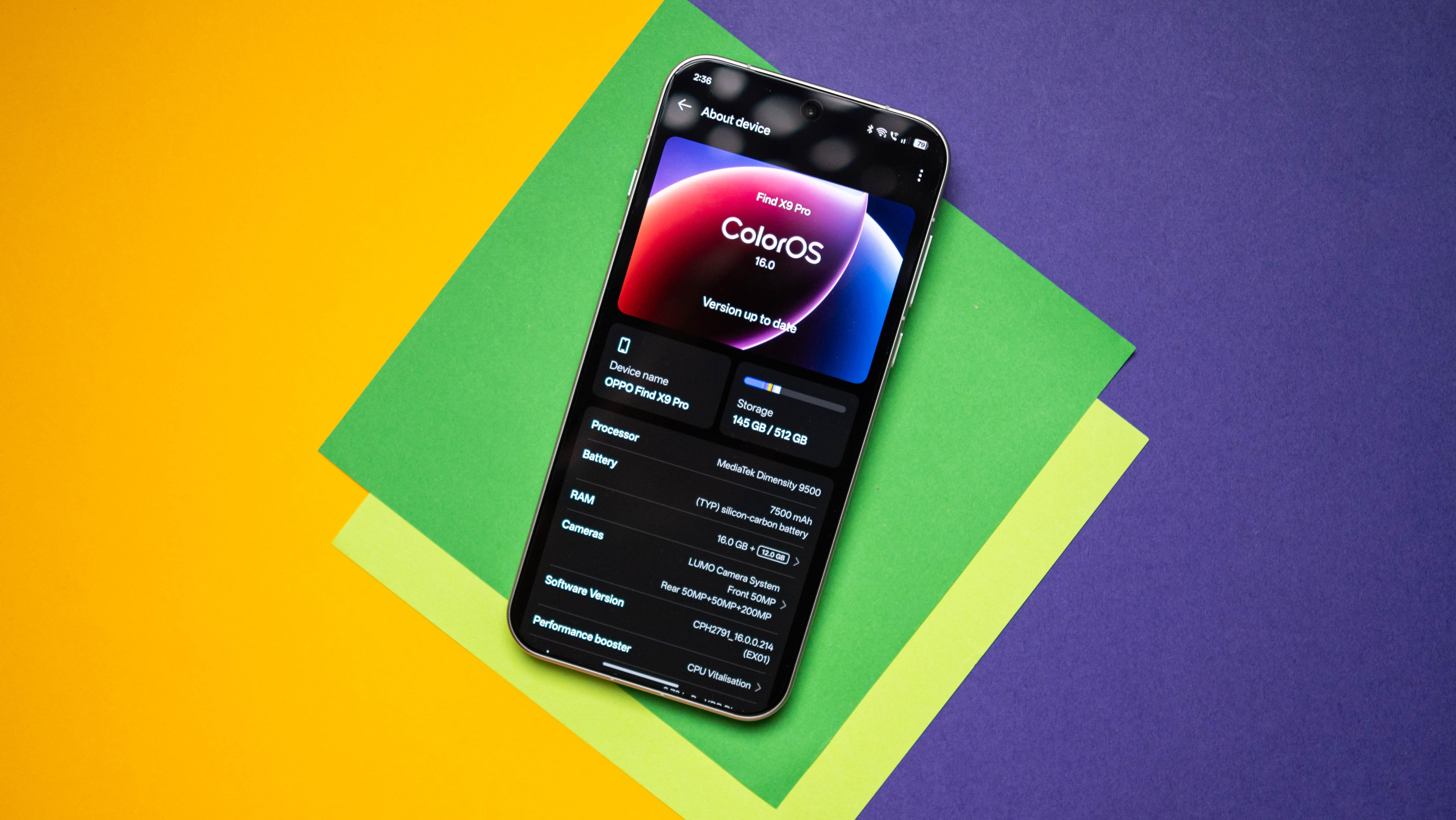
I didn't realize this until I used the X300 Pro, but the MediaTek Dimensity 9500 is a true powerhouse. The Find X9 Pro also gets the same platform, and it is one of the fastest phones around. In addition to handling demanding games better, it doesn't overheat as much, so it's a win-win all around.
Category |
OPPO Find X9 Pro |
OPPO Find X8 Pro |
Vivo X300 Pro |
|---|---|---|---|
Geekbench 6 (single-core) |
3175 |
2747 |
3391 |
Geekbench 6 (multi-core) |
3965 |
8404 |
10085 |
3DMark Wild Life Extreme (score) |
6602 |
6176 |
6546 |
3DMark Wild Life Extreme (FPS) |
39.53 |
36.9 |
39.2 |
3DMark Solar Bay (score) |
13549 |
9308 |
13588 |
3DMark Solar Bay (FPS) |
51.52 |
35.39 |
51.67 |
The global model gets 16GB of LPDDR5X RAM and 512GB of UFS 4.1 storage as standard, and while that's decent, I would have liked the 1TB model. The vibration motor is much better this time around, and it has fantastic feedback — much better than my Pixel 10 Pro XL. Connectivity is faultless as well, and the addition of eSIM makes the Find X9 Pro a great choice while traveling.
OPPO Find X9 Pro: Battery
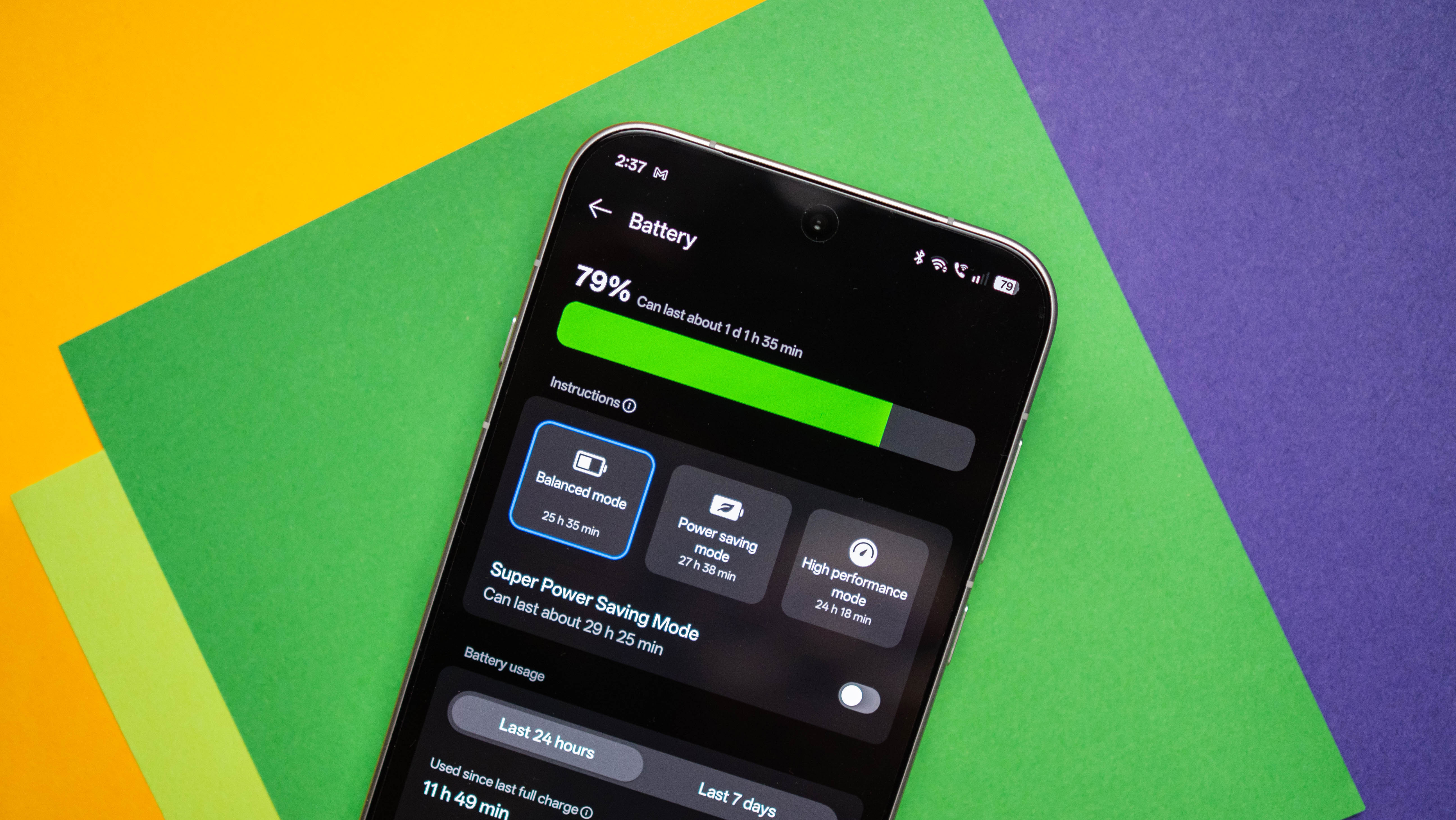
The Find X9 Pro has a massive 7,500mAh silicon battery, and it has the best battery life of any phone I used. I routinely got two days of use between charges, and the battery lasted a 30-hour flight to the U.S. without needing a charge. The brand is using a higher 15% ratio of silicon in the anode, and that's how it was able to achieve greater density, leading to a much bigger battery than the Find X8 Pro in a chassis that's roughly the same size.
I don't see any downsides either; the brand guarantees five years of usage while still retaining 80% battery. As always, you get the usual safeguards to extend battery, including setting a charge limit. When it comes to charging, the Find X9 Pro gets 80W charging tech, and it takes just over an hour to charge the battery. There's no bundled charger this time, but you can use any USB PD charger and get 55W charging.
OPPO Find X9 Pro: Cameras
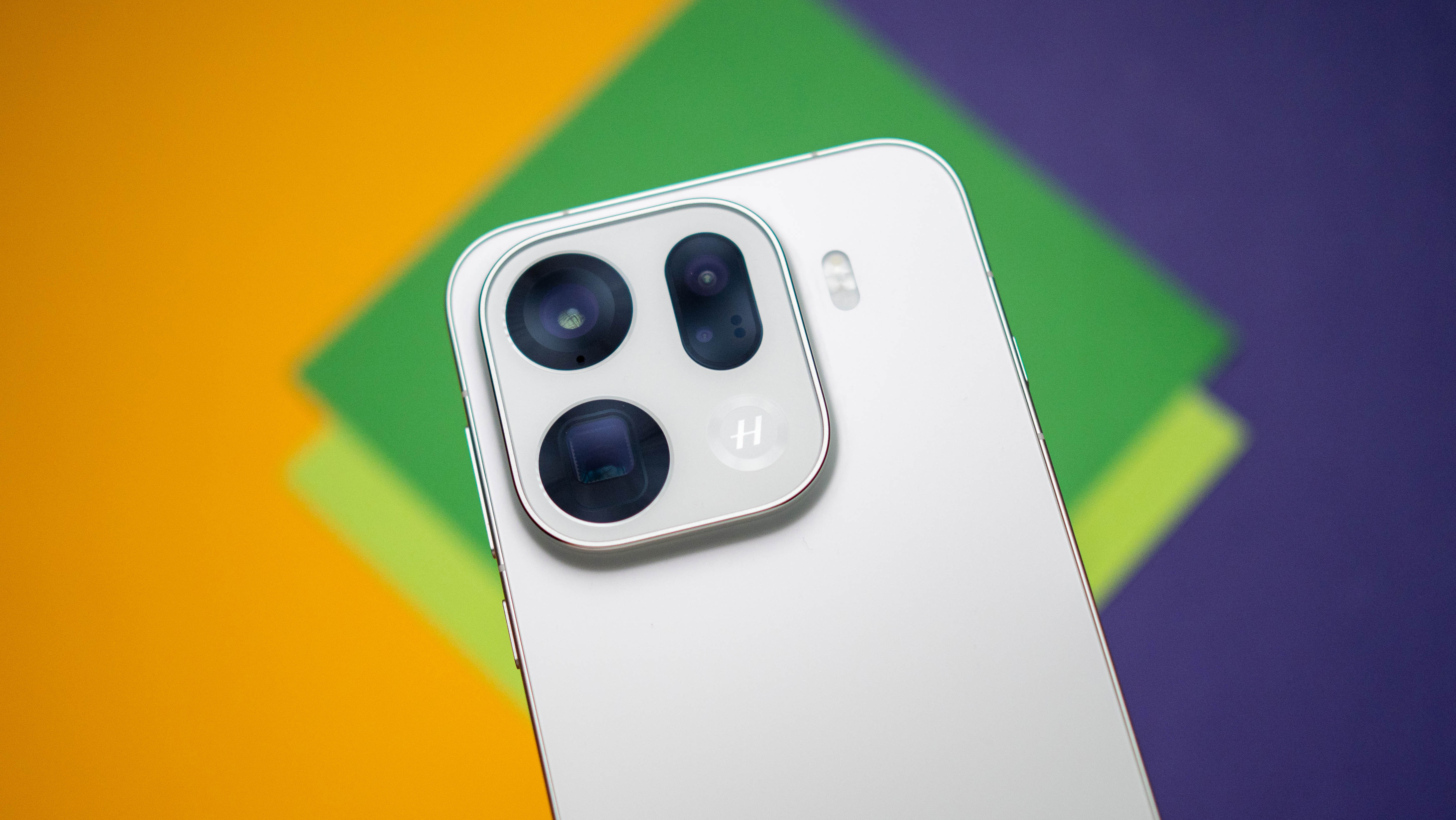
Last year's Find X8 Pro did a great job with photos and videos, but it wasn't quite able to measure up to what Vivo was doing. Clearly, OPPO took that as a challenge, because the Find X9 Pro comes with considerable upgrades in this area.
The phone has a new 50MP f/1.5 Sony LYT-828 module that was made in collaboration with Sony. The sensor is touted to do a better job than dedicated 1-inch modules, and having tested the Find X9 Pro's cameras against the Find X8 Ultra, this is indeed the case.
There's also a 200MP 3x tele lens that uses the Samsung HP5 imaging module, and it doubles as a macro lens. It has a 70mm focal length, and while there's no dedicated 6x shooter, it does just as good a job thanks to better-quality glass and a hybrid OIS system. It leverages AI to deliver cleaner photos beyond 30x, and I found it to hold its own in this regard.
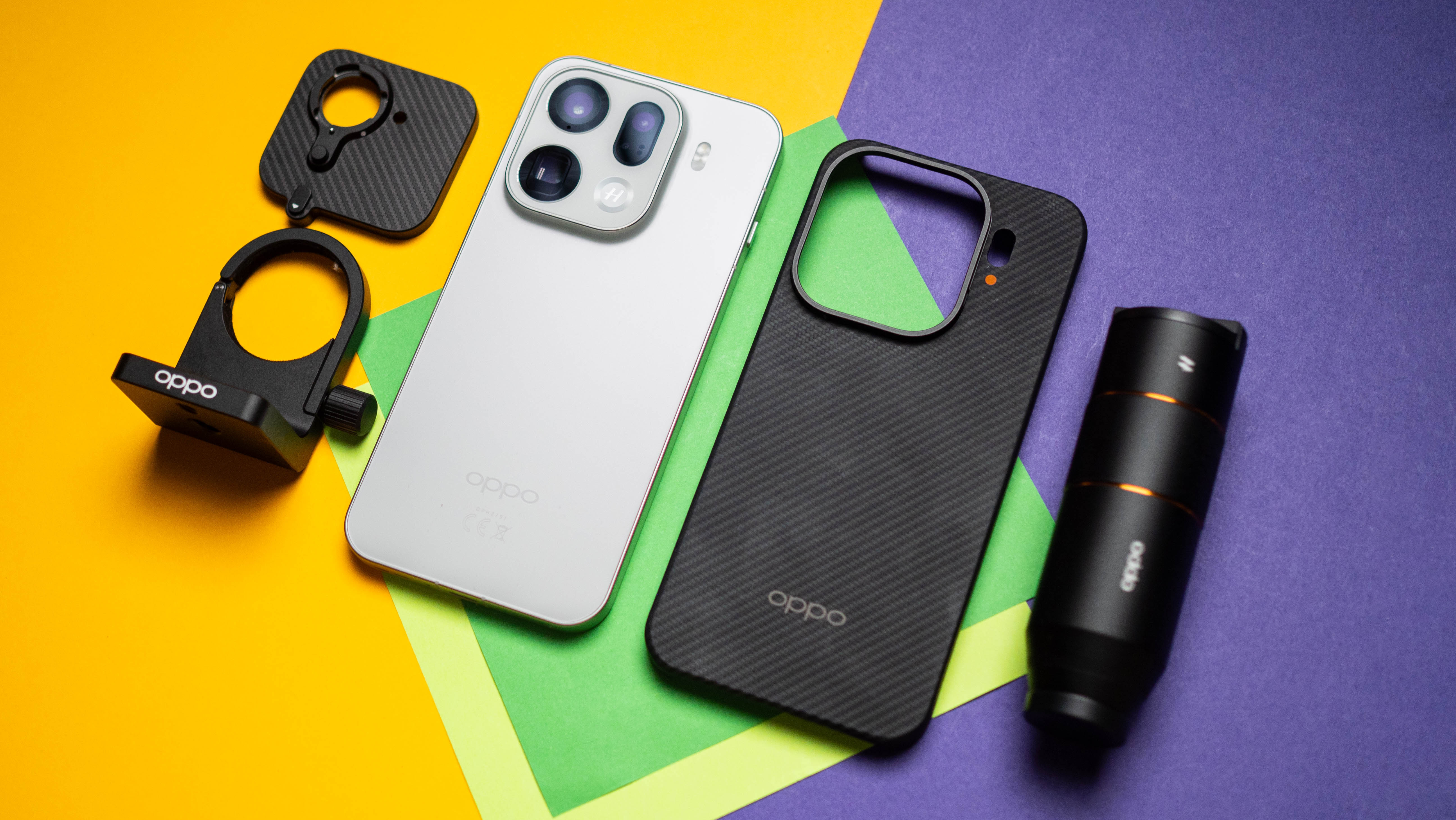
Video recording has gotten a boost as well, with the phone able to shoot 4K120 Dolby Vision video via the main and tele lenses this time, and 4K60 via all the lenses. Vivo is able to hit 4K120 Dolby Vison on all the lenses of the X300 Pro, and considering how similar both phones are, I'm not really sure why the Find X9 Pro's wide-angle lens is inhibited. Regardless, video quality itself is much better this time around, and that's what matters.
Interestingly, there's now a Hasselblad Teleconverter attachment that you can get with the Find X9 Pro, and it is similar to the X300 Pro and X200 Ultra's external lens. It does 10x digital zoom going up to 200x, and 50x video zoom. The only issue I have with the external lens is that it covers up all the cameras when in use — inhibiting its usability. This isn't an issue on the X300 Pro, and Vivo did a better job with the design of the external lens attachment.
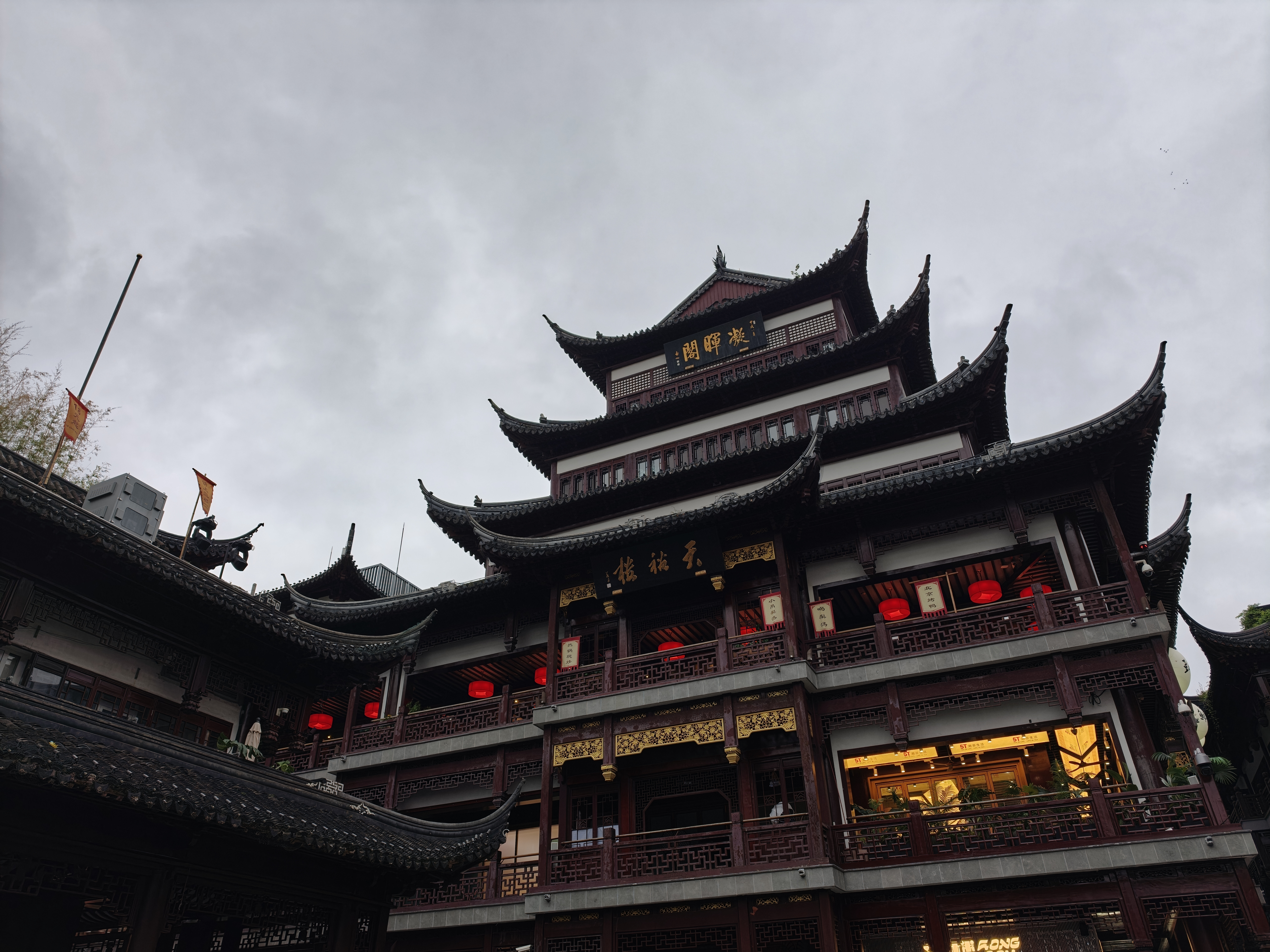




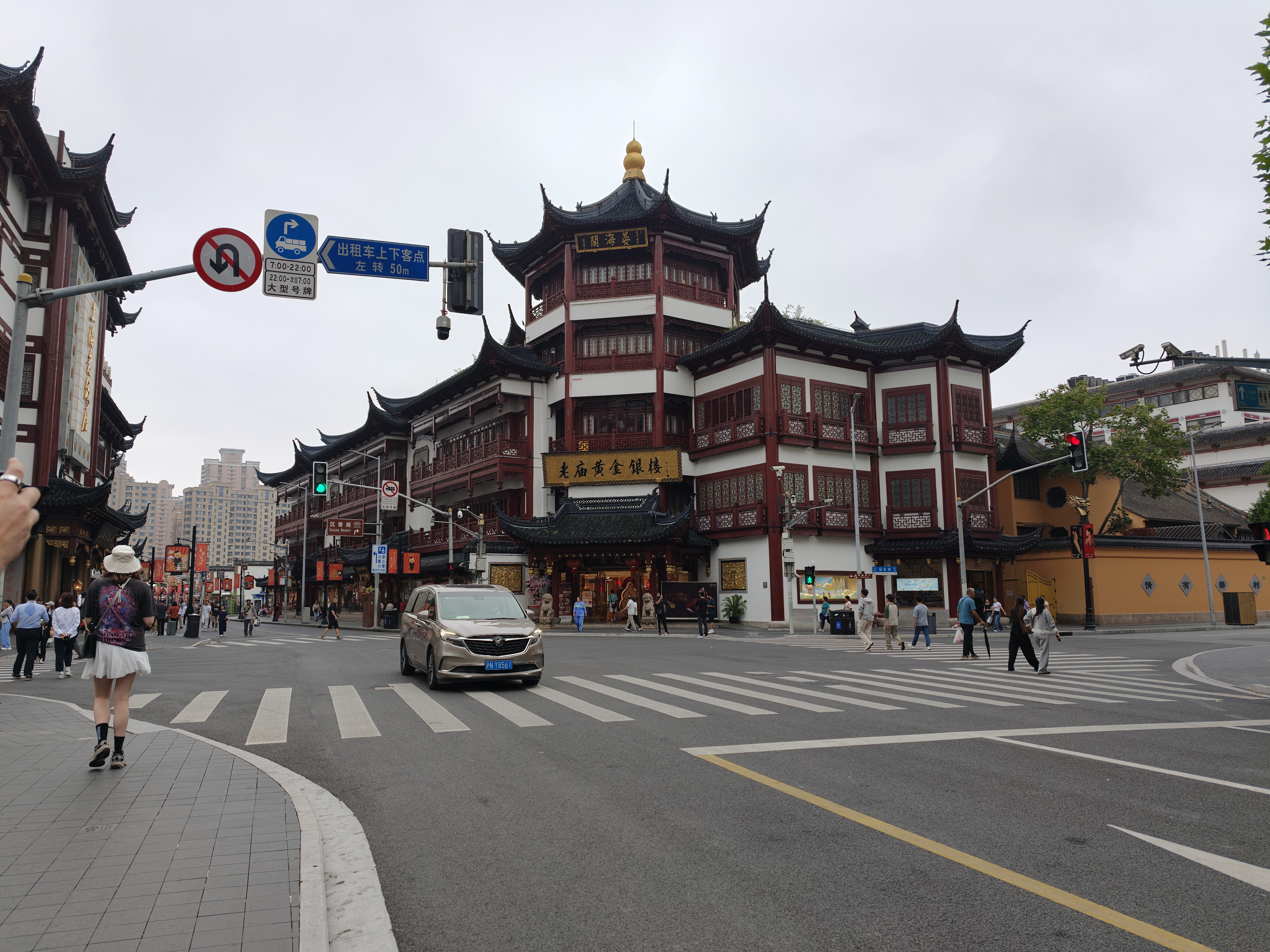



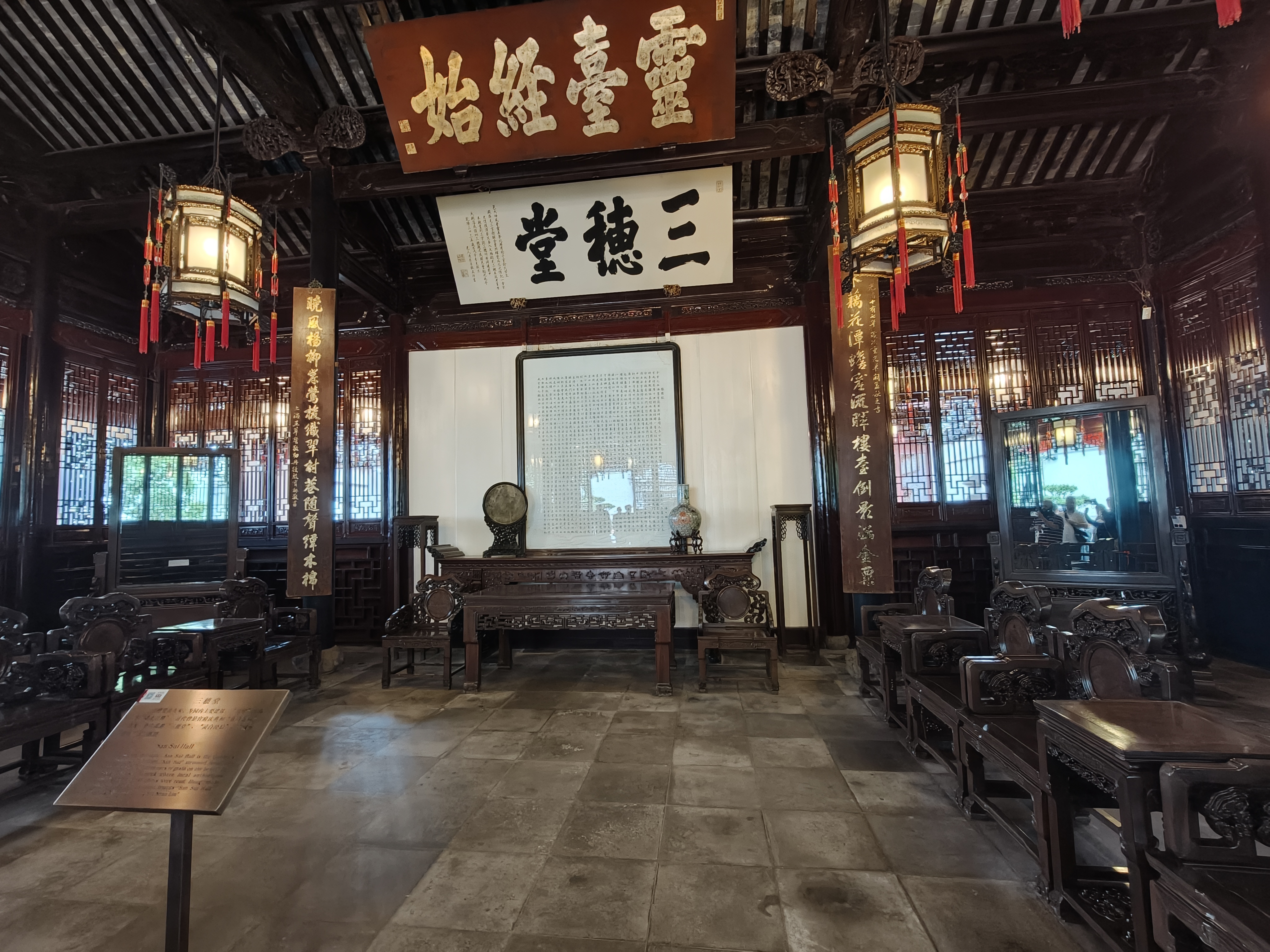



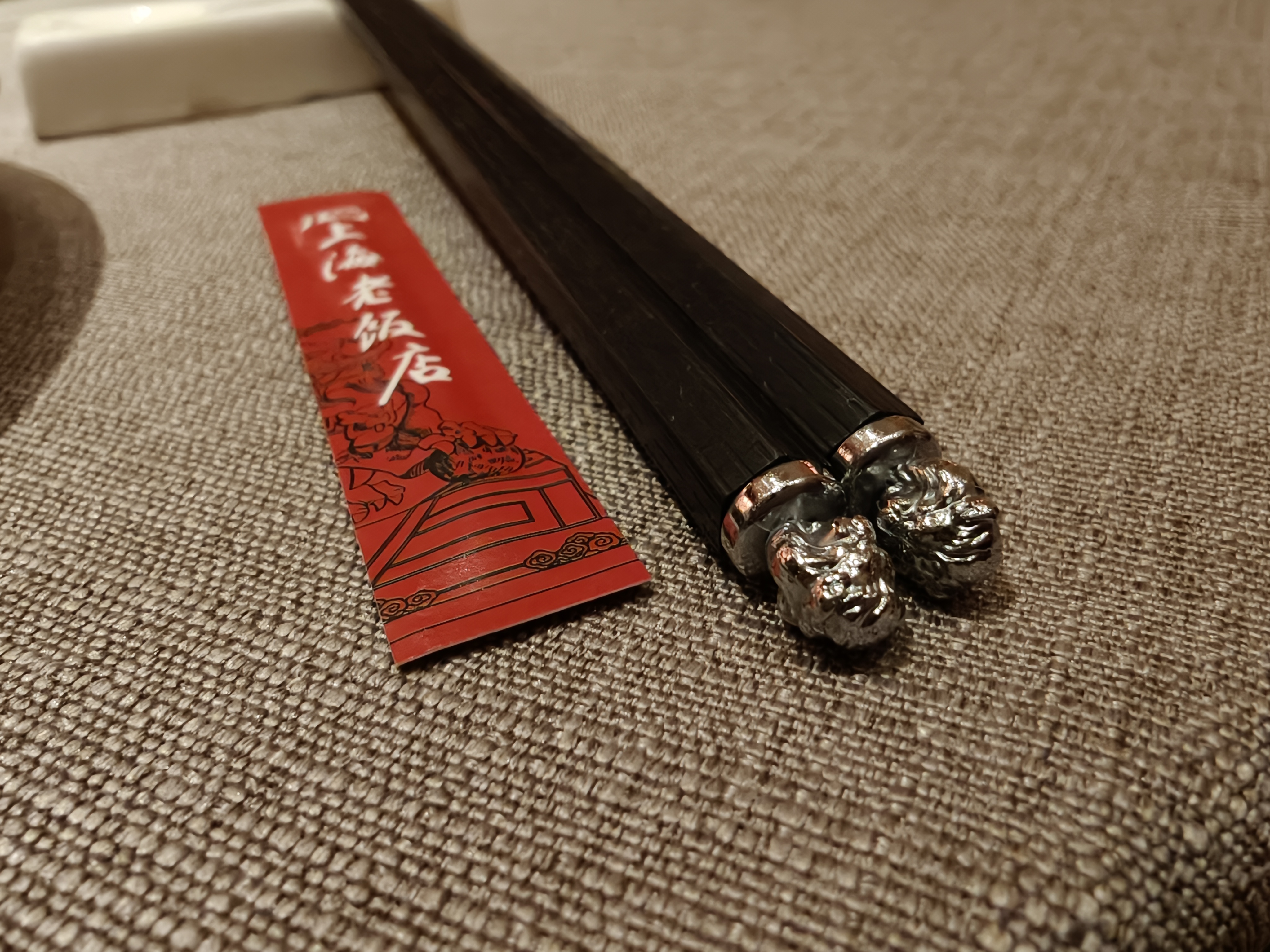
Thanks to the new cameras and Lumo imaging engine, the Find X9 Pro takes truly standout photos and videos. Daylight shots have excellent color rendition and dynamic range, and there really isn't much to fault in this area. I didn't see any issues even in low-light scenarios, and the Find X9 Pro holds its own against its Vivo sibling.
The new imaging engine allows you to take full-res 50MP shots as standard, with the phone switching to 25MP or 12MP only in a few scenarios — like when the device gets too hot. This is done automatically, and by default, the phone shoots 50MP stills. Similarly, Motion Photo now has 4K previews, so you get cleaner short videos with the associated images.
I still prefer the X300 Pro's portrait shots, but I'll admit that the X9 Pro is just as good at segmentation and bokeh. The zoom lens is the real star of the show, producing detailed photos at 3x and 6x. If anything, the wide-angle lens is the only module that feels average, but that's only because of the standard set by the rest of the sensors.
On the whole, the Find X9 Pro's cameras are among the best of any phone today, and it's honestly just the Vivo X300 Pro that offers a legitimate challenge to the device. The Galaxy S25 Ultra, Pixel 10 Pro XL, and other flagships just don't measure up.
OPPO Find X9 Pro: Software
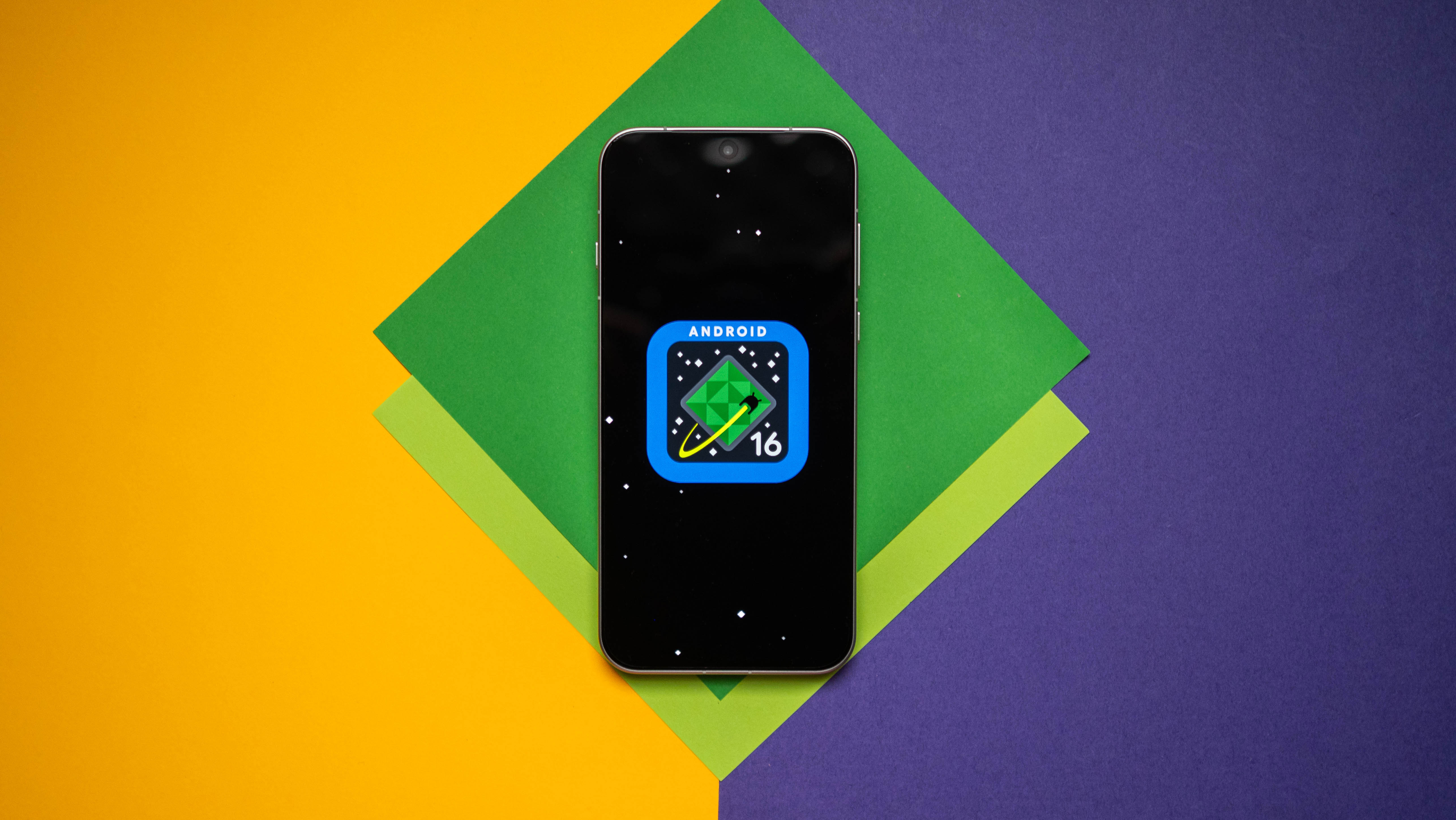
With ColorOS 16, the Find X9 Pro gets a brand-new interface with a much better design. Like Vivo and other Chinese brands, the Android 16-based interface relies on translucent effects, and while it isn't strictly original, it looks great. If anything, I like the cohesiveness of the interface, and there are dozens of small things — like the fingerprint unlock animation — that make the interface fun to use.
There's no shortage of customizability, and you can get the phone to look like an iPhone without too much of an effort. There's a split notification pane with the toggles to one side, and a clone of Dynamic Island that shows real-time notifications and alerts. There's a smattering of AI features as well, including the usual image editing, translation, and audio-to-text transcribing.
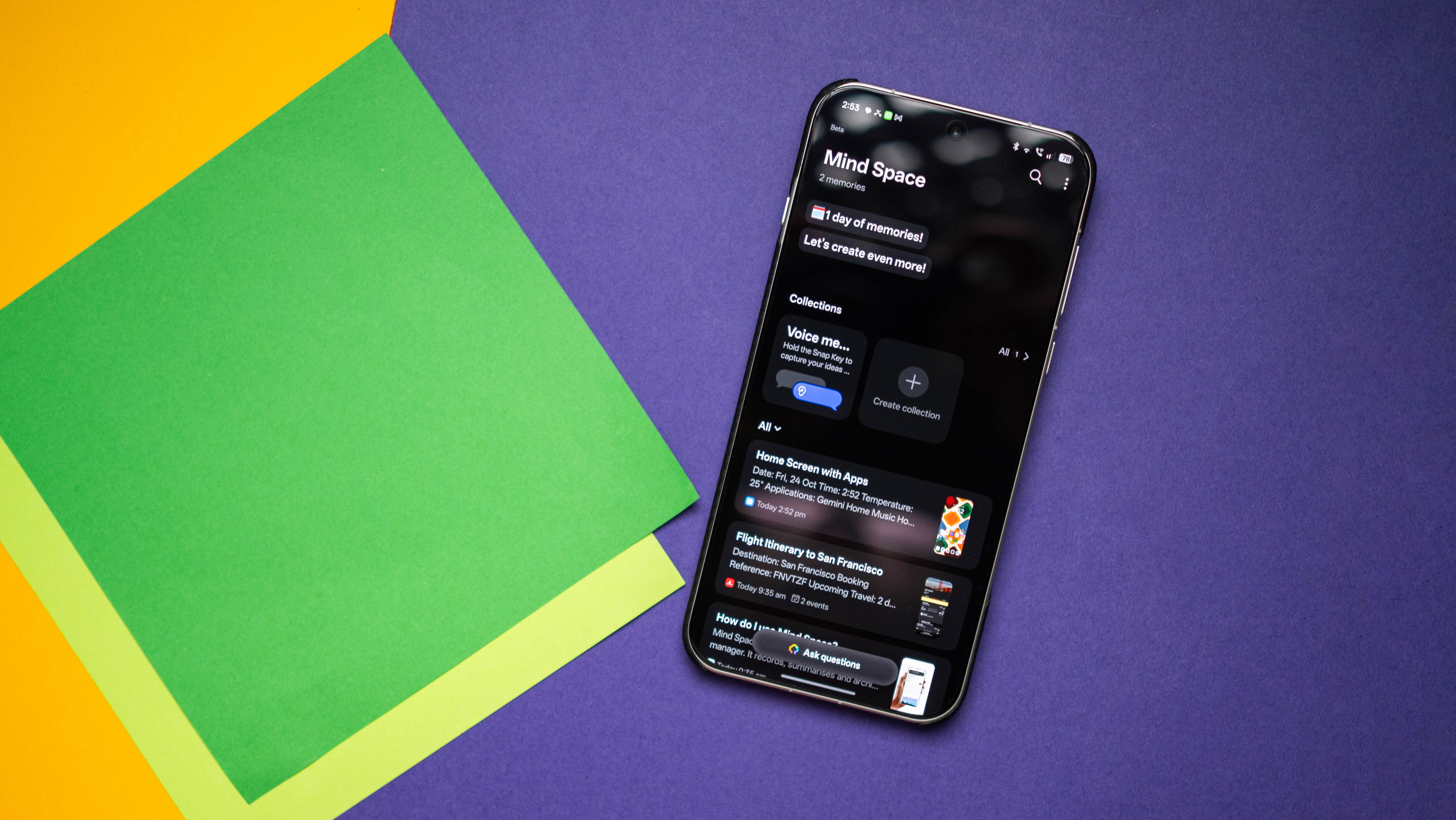
The one utility I actually used quite a bit is Mind Space; you can basically save content to the dedicated dashboard, and it serves as a hub that collates all relevant information. I found it useful to take photos of boarding passes and have it add calendar entries automatically, and save details of briefings from email invites. It also lets you take voice notes easily, and it is quite nifty overall.
Other than that, the software itself is generally enjoyable. I didn't run into any issues whatsoever, and it is just as fluid as the X300 Pro. The Find X9 Pro will get five Android updates alongside six years of security updates, and that's good enough.
OPPO Find X9 Pro: The alternatives
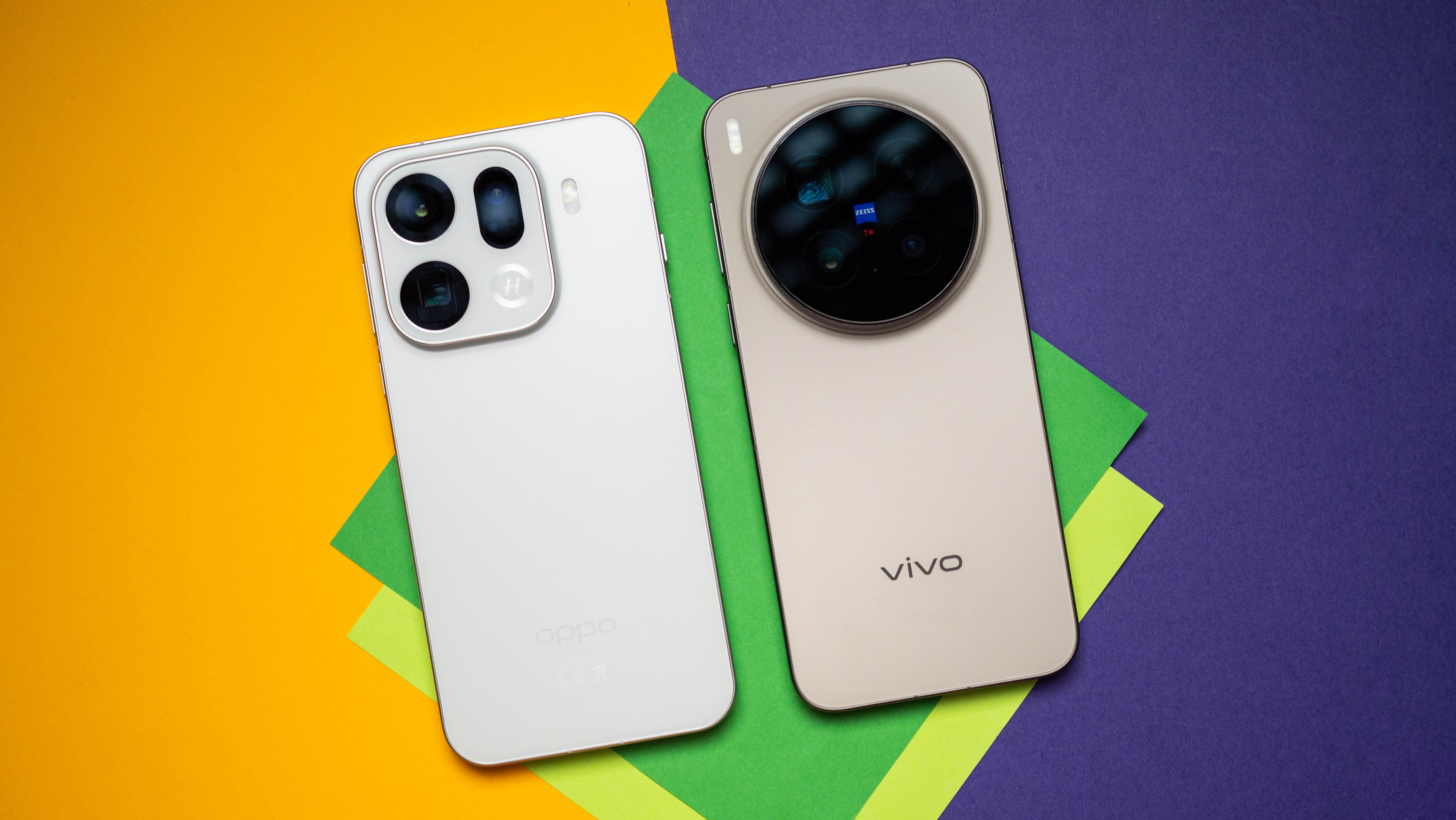
The Vivo X300 Pro is the logical alternative to the Find X9 Pro. Both phones are similar enough that it feels like they're from the same brand. The X300 Pro also has a similar-sized panel, same Dimensity 9500 platform, and the camera is outstanding. The Find X9 Pro has a bigger battery, and the software is a little better to use. But outside of that, you're getting two stellar phones.
OPPO Find X9 Pro: Should you buy it?
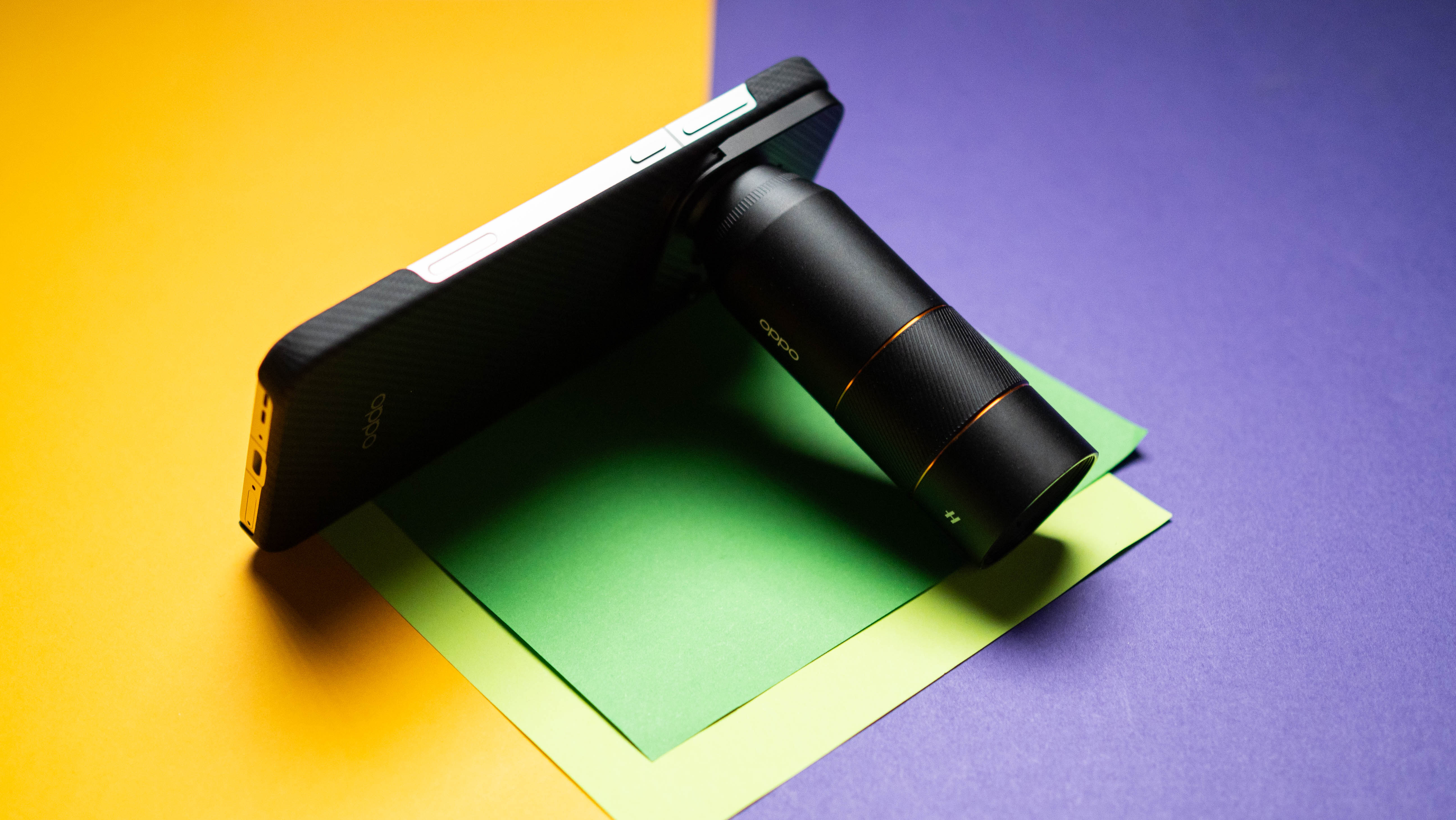
You should buy this if:
- You need one of the best camera phones
- You want a phone that lasts two days between charges
- You need powerful internals with all the extras
You shouldn't buy this if:
- You want timely software updates
The Find X9 Pro comes with meaningful upgrades that allows it to stand out in general. The battery lasts two days, and that alone is a big enough differentiator that I see this phone doing really well in Asian countries. Combine that with the groundbreaking cameras, vibrant AMOLED panel with useful features, and the overhauled software, and this is a pretty great phone overall.
Choosing between the Find X9 Pro and Vivo X300 Pro is down to your preferences of software and image tuning, and having used both devices extensively, I will admit that the Find X9 Pro makes a better case — mostly around the software. There's also the fact that you get a much bigger battery on the Find X9 Pro, and the phone handily beats the global X300 Pro in this area. As for whether it is better than the Pixel 10 Pro XL or Galaxy S25 Ultra, there's no doubt in my mind — the Find X9 Pro is leagues ahead of its Google and Samsung rivals.







